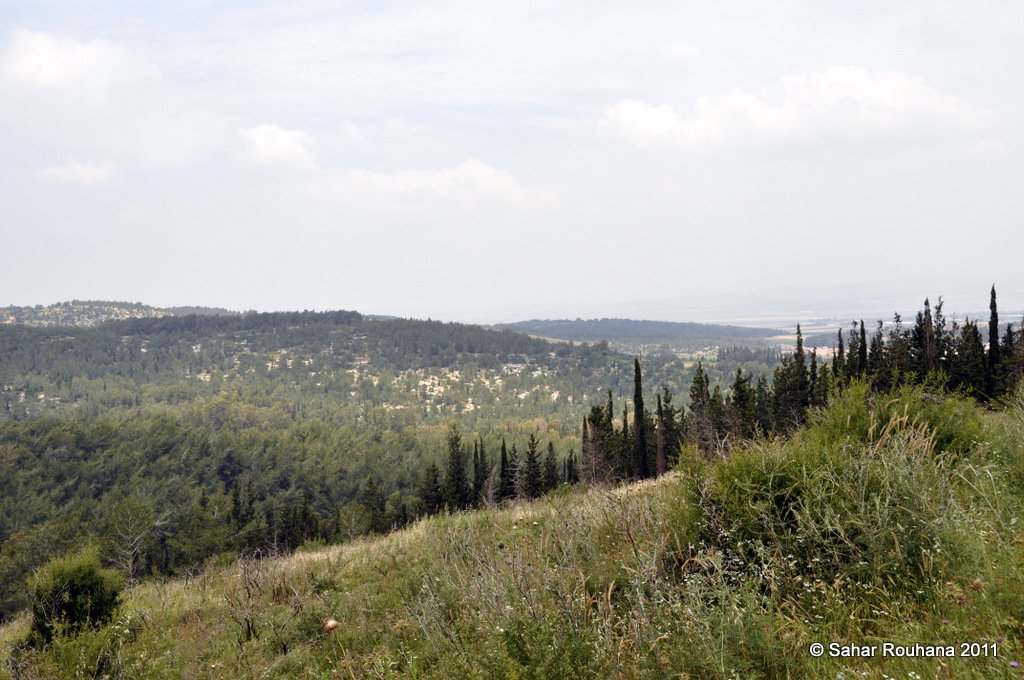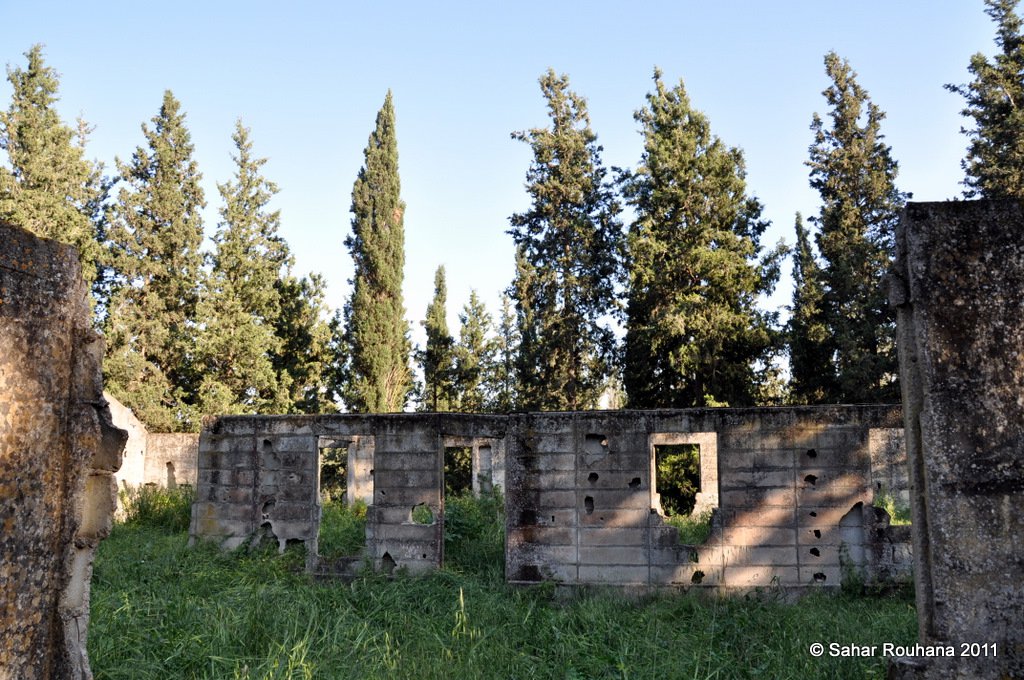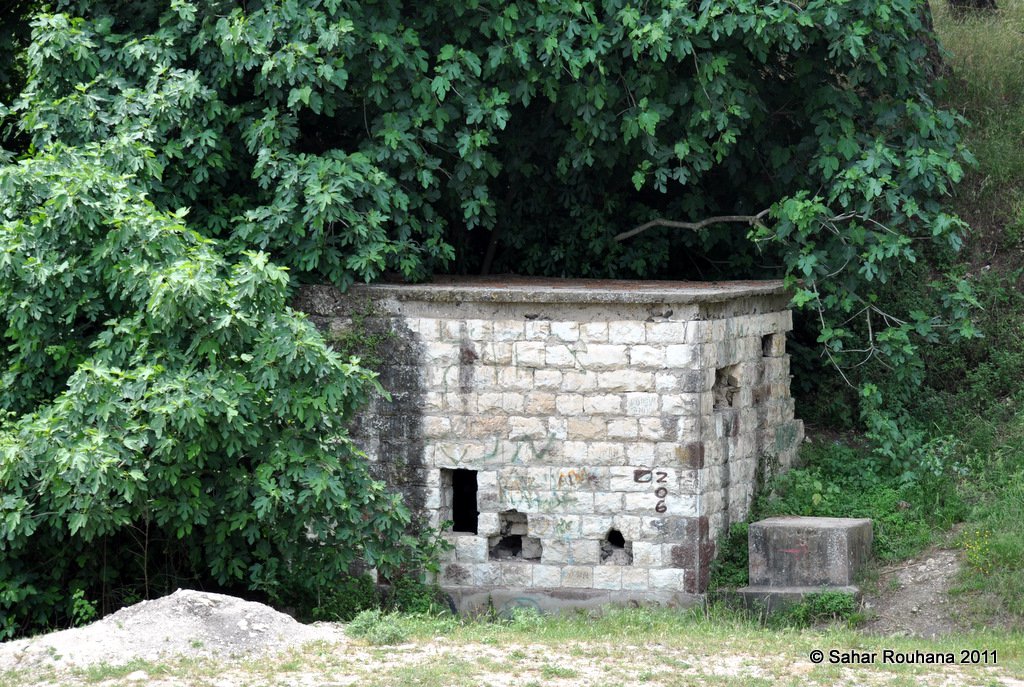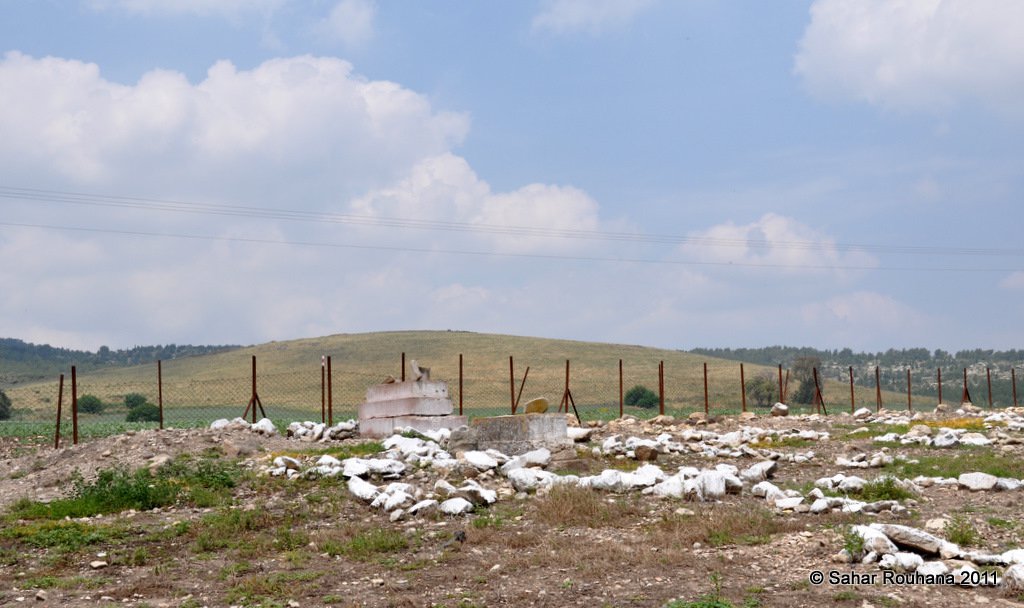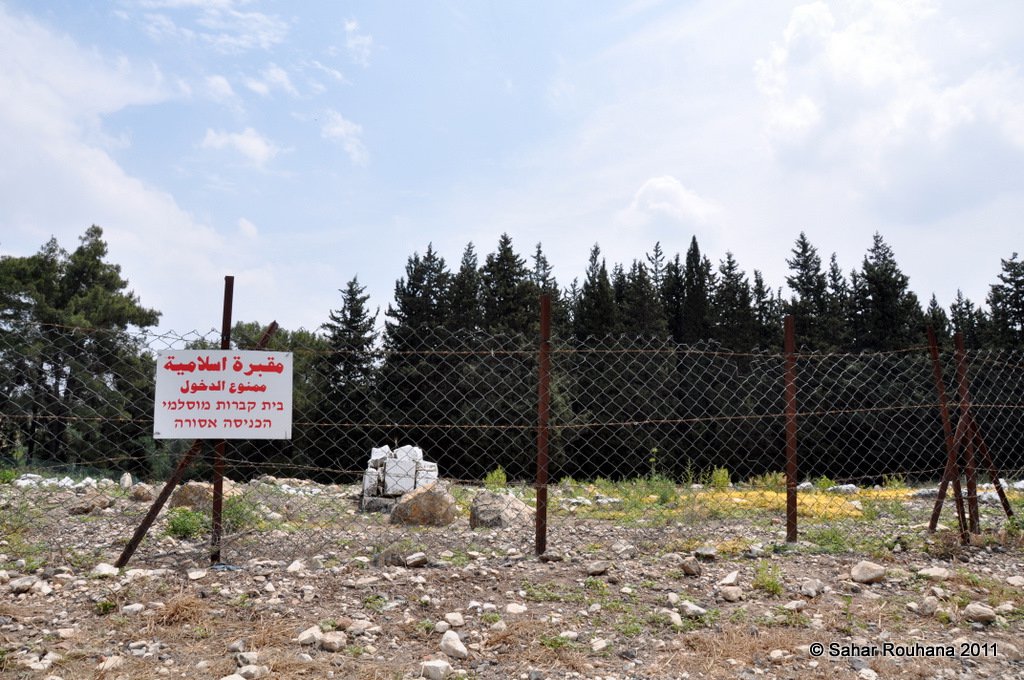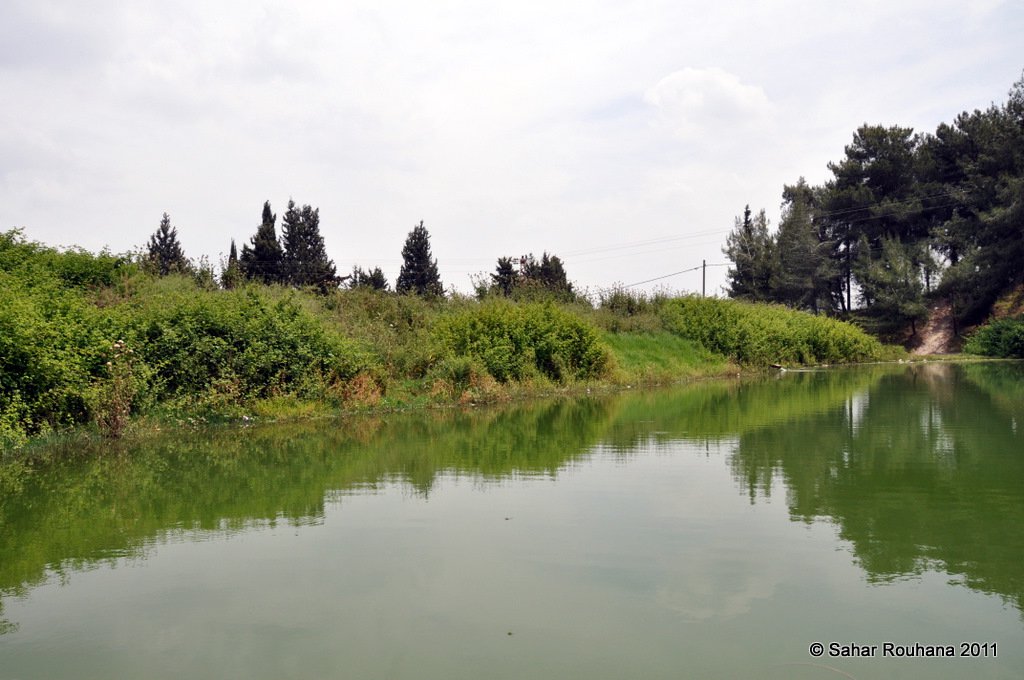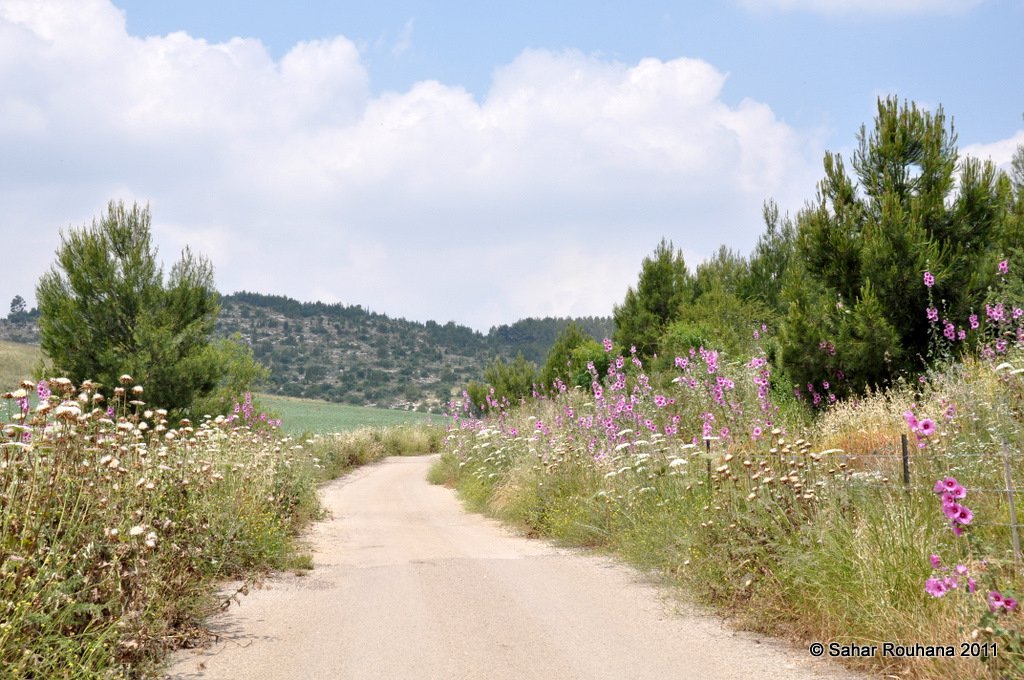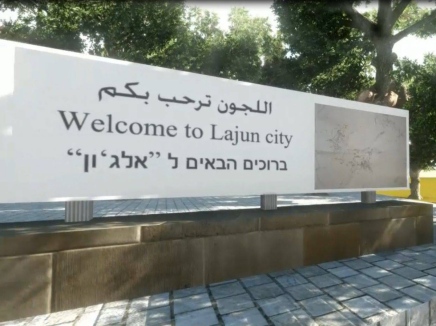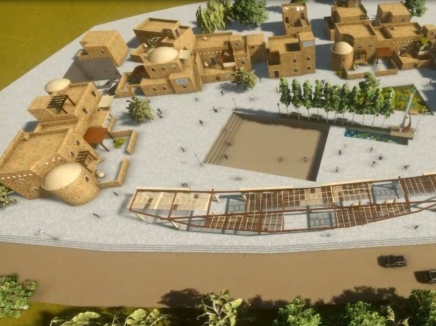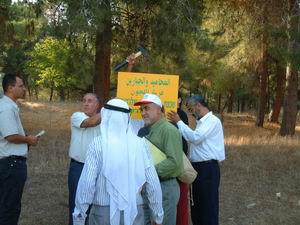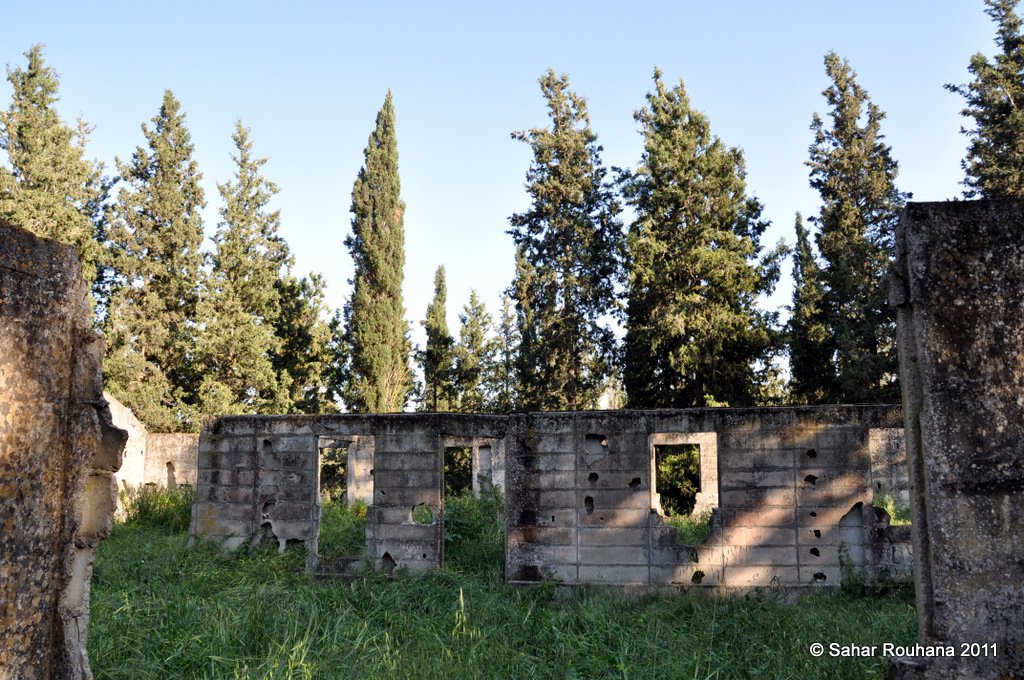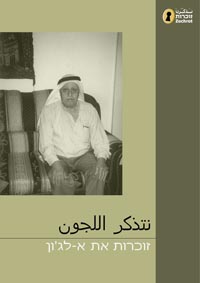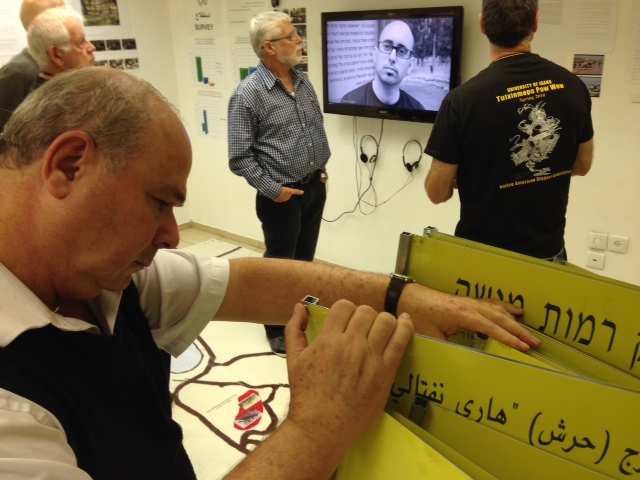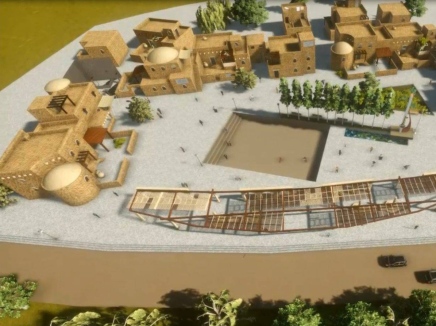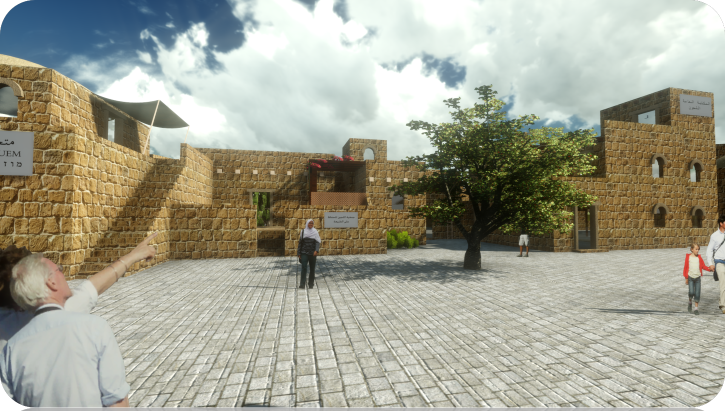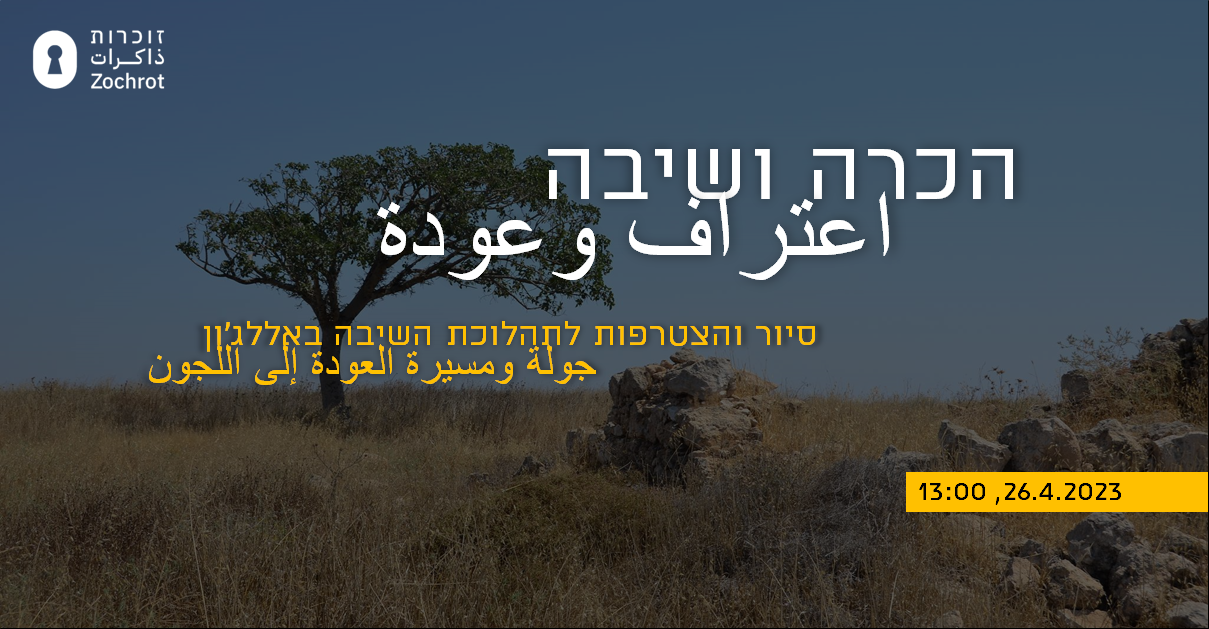Info
District: Jenin
Population 1948: 1280
Occupation date: 30/05/1948
Occupying unit: הגדוד הרביעי של חטיבת גולני
Jewish settlements on village/town land before 1948: אין
Jewish settlements on village/town land after 1948: אין
Background:
Lajjun was a Palestinian Arab village located 16 kilometers northwest of Jenin in Mandatory Palestine, and 1 kilometer south of the remains of the biblical city of Meggido. The village stood on a slightly elevated hill on the south-western edge of the Marj ibn 'Amir Plain, on the two banks of Wadd al-Lajjun. Jenin as well as the plain were visible from al-Lajjun. It was bordered on the west and south by the Carmel Mountains, by Tall al-Mutasallim (to the northeast), and by Tall al-Asmar (to the northwest). The village, which was linked by seconderary roads to a highway between Jenin and Haifa and to another highway that led southwest to the town of Umm al-Fahm, lay close to the junction of the two highways.
More people moved to Lajjun during theBritish mandate period, particularly in the late thirties, due to the British crackdown on participants in the 1936–1939 Arab revolt in Palestine. Lajjun's economy grew rapidly as a result of the influx of the additional population. As the village expanded, it was divided into three quarters, one to the east, one to the west, and another known as Khirbat al-Khan. Each quarter was inhabited by one or more hamulas (« clans »); the al-Mahajina al-Tahta and al-Ghubariyya clans, the al-Jabbarin and al-Mahamid clans, and the al-Mahajina al-Fawqa clan.
Lajjun had a school that was founded in 1937 and that had an enrollment of 83 in 1944. It was located in the quarter belonging to the al-Mahajina al-Fawqa clan, that is, in Khirbat al-Khan. In 1943 one of the large landowners in the village financed the construction of a mosque, built of white stone, in the al-Ghubariyya (eastern) quarter. Another mosque was also established in the al-Mahamid quarter during the same period, and was financed by the residents themselves. There was a small market place in the village, as well as six grain mills (powered by the numerous springs and wadis in the vicinity), and a health center. The various quarters of Lajjun had many shops.
The official Israeli account states the al-Lajjun was occupied shortly before 1 June 1948, following the « clearing » of the Baysan Valley and prioir to the (unsuccessful) Israeli attack of Jinin. At that time, the Golani Brigade captured a number of villages in the vicinity of Jinin, including al-Lajjun, which was entered at dawn on 30 May, according to a press record in the New York Times. Several Israeli columns moved towards the triangle area at this time, taking a cluster of villages north of Jinin. It is possible that the Golani's Fourth Battalion expelled the villagers directly, in keeping with their practice during the previous operation in the Baysan Valley.
Earlier New York Times reports had stated that the village was first attacked and captured in mid-April, during the battle around the settlement of Mishmar ha-'Emeq. The commander of the Arab Liberation Army (ALA) also reported an assault on 13 April, when Jewish forces attempted « to reach the crossroads at Lajjun in an outflanking operation ». The attack apparently failed. The Times said that twelve people were killed and fifteen wounded during that offensive. The paper also said that al-Lajjun was occupied a few days later, on 17 April, twelve days after the attack on Mishmar ha-'Emeq had been launched from that village. The account read : « Lajjun is the most important place taken by the Jews, whose offensive has carried them through ten villages south and east from Mishmar ha-'Emeq. » The report added that women and children had been removed from the village and that 27 buildings in the village were blown up by the Haganah. However, al-Qawuqji states that attacks resumed on May 6, when ALA positions in the area of Lajjun were attacked by Haganah forces. The ALA's Yarmouk Battalion and other ALA units drove back their forces, but two days later, the ALA commander reported that the Haganah was "trying to cut off the Lajjun area from Tulkarm in preparation of seizing Lajjun and Jenin..." On May 30, 1948, in the first stage of the 1948 Arab-Israeli War, Lajjun was captured by Israel's Golani Brigade in Operation Gideon. The capture was particularly important for the Israelis because of its strategic location at the entrance of the Wadi Ara, which thus, brought their forces closer to Jenin. During the second truce between Israel and the Arab coalition, in early September, a United Nations official fixed the permanent truce line in the area of Lajjun, according to press reports. A 500-yard strip was established on both sides of the line in which Arabs and Jews were allowed to harvest their crops. Lajjun was used as transit place by the Israel Defense Forces to transfer 1,400 Arab women, children and elderly from Ijzim, who then were sent on foot to Jenin.
Kibbutz Megiddo was built on some of Lajjun's village lands. A few of the buildings from Lajjun still stand within the kibbutz grounds, including the mosque known as the White” which was built in 1943. Today the building is a carpentry shop. Only the white stone mosque, one village mill, the village health center, and a few partially destroyed houses remain on the site. The mosque has been converted into a carpentry workshop and one of the houses has been made into a chicken coop. The health center and grain mill are deserted, and the school is gone. The cemetery remains, but it is in a neglected state; the tomb of Yusuf al-Hamdan, a prominent nationalist who fell in the 1936 revolt, is clearly visible. The surrounding lands are planted with almond trees, wheat, and barley; they also contain animal sheds, a fodder plant, and a pump installed on the spring of 'Ayn al-Hajja. The site is tightly fenced in and entry is blocked.
Videos
Zochrot organized a symposium about the right of return of the Palestinian refugees and internally displaced persons.
The 3rd International Conference on the Return of Palestinian Refugees
"Our Return" project
"Our Return" is A joint project from the Arab Association for Human Rights, the Association for the Defence of the Rights of the Internally Displaced, Baladna -- Association for Arab Youth, and Zochrot.
Social TV report on Udna project at al-Lajjun, a destroyed village in the North
From Truth to Redress: Realizing the Return of Palestinian Refugees
International Conference in Tel Aviv, September 29-30 2013
Return Now? From Political Consciousness to Planning the Return
From Truth to Redress: Realizing the Return of Palestinian Refugees
International Conference in Tel Aviv, September 29-30 2013


